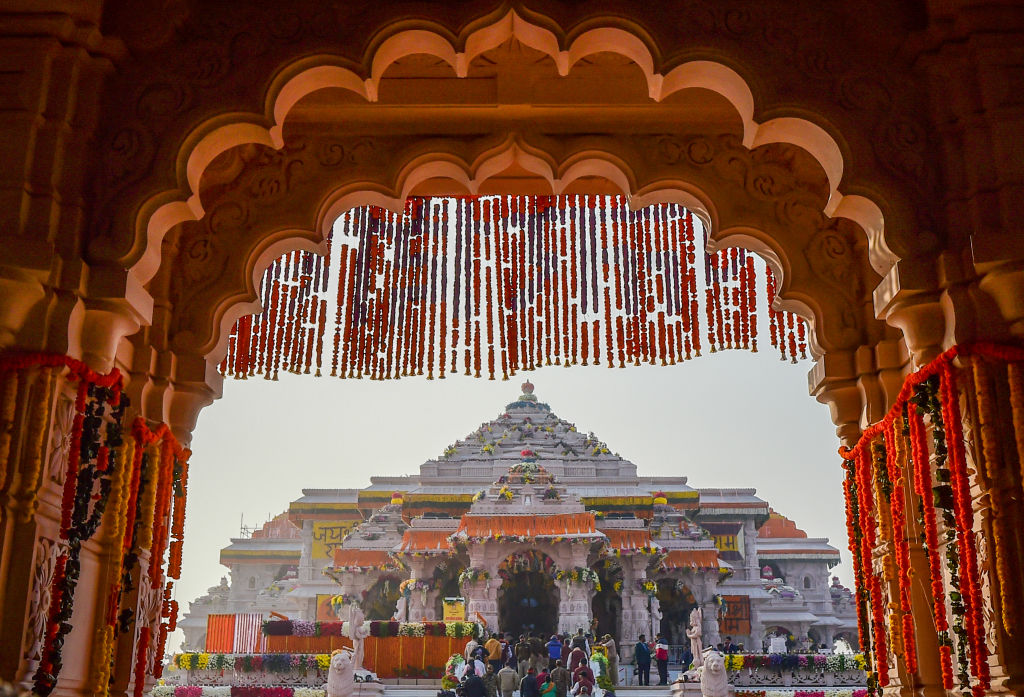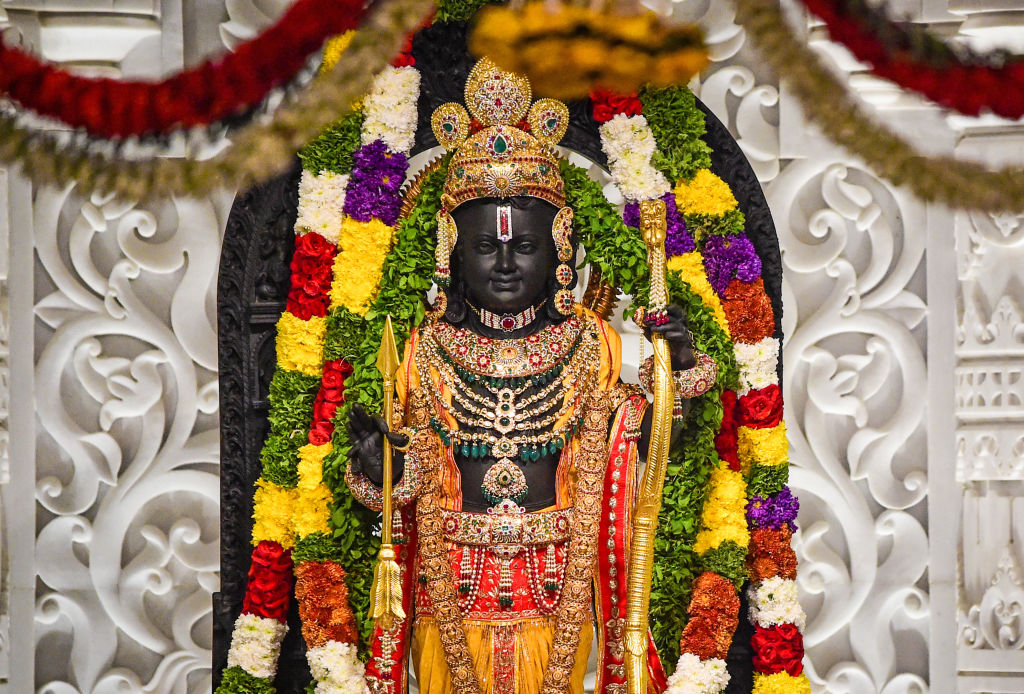The Ram Mandir in Ayodhya now stands fully completed, marking the beginning of a new chapter in the city’s cultural and infrastructural development. Considered by millions of devotees worldwide as the birthplace of Lord Ram, Ayodhya—with the Ram Temple at the sacred site—holds a central place in India’s cultural and spiritual landscape.
A major ceremony will take place on November 25, when Prime Minister Narendra Modi performs “Dhwaja Arohan”, the hoisting of a 22-foot dharmic flag at the temple. In Hindu tradition, the raising of the dhwaja denotes the functional opening of the temple and welcomes devotees to begin full-scale pilgrimage.
On November 9, 2019, in a unanimous and historic verdict, the Supreme Court of India awarded the entire 2.77-acre disputed land for the construction of the Ram Mandir, recognising the site’s significance to believers across the world. This outcome was hailed as a triumph of justice, reconciliation, and constitutional principles, paving the way for the temple’s construction under the oversight of the Shri Ram Janmabhoomi Teerth Kshetra Trust, which received approval from the Government of India on February 5, 2020.
The temple has been constructed in the traditional Nagara architectural style. It is supported by 392 pillars and has 44 entrance gates. The Garbha Griha on the ground floor houses the idol of Ram Lalla in childhood form. The sanctum can be reached through the eastern entrance, known as Singh Dwar, via 32 steps. The complex also includes Nritya, Rang, Sabha, Prarthana and Kirtan mandaps for religious activities, along with restored sites such as the ancient Shiv Mandir at Kuber Tila and the Sita Koop well.
The project reflects a combination of traditional craftsmanship and modern engineering. The temple design is led by architect Chandrakant Sompura. Larsen & Toubro has executed the construction, while Tata Consulting Engineers has served as advisory consultant. Structural inputs have been provided by experts from IIT Madras, IIT Delhi, IIT Bombay and IIT Guwahati to build a stone framework designed for longevity.
Facilities for pilgrims include a dedicated Pilgrimage Facility Centre, emergency medical services and ramps for senior citizens and persons with disabilities. Solar power installations have been added to support sustainable operations of the complex.
Ayodhya has undergone rapid infrastructure expansion in parallel with the temple construction. Road connectivity around the shrine has been strengthened and the Maharishi Valmiki International Airport has become operational, enabling domestic and international travel. The temple project has also generated global cultural interest. In Trinidad & Tobago, plans are underway to construct a Ram Mandir in Port of Spain following the installation of a replica of the Ram Lalla idol in May 2025.
With the completion of the Dhwaja Arohan ceremony on November 25, the Ram Mandir will become fully operational for continuous public worship.















